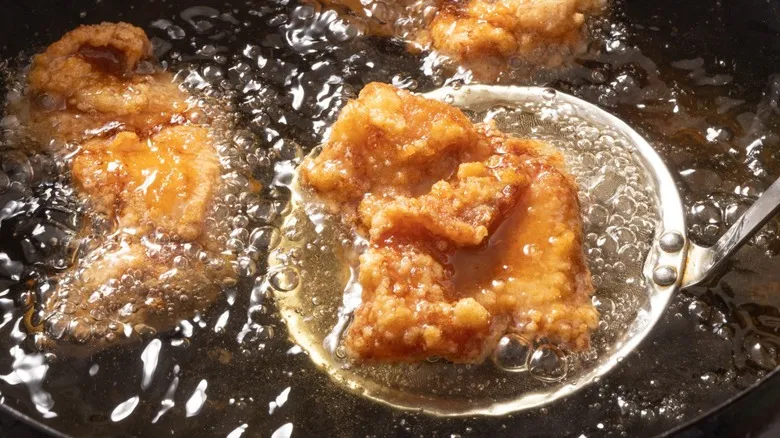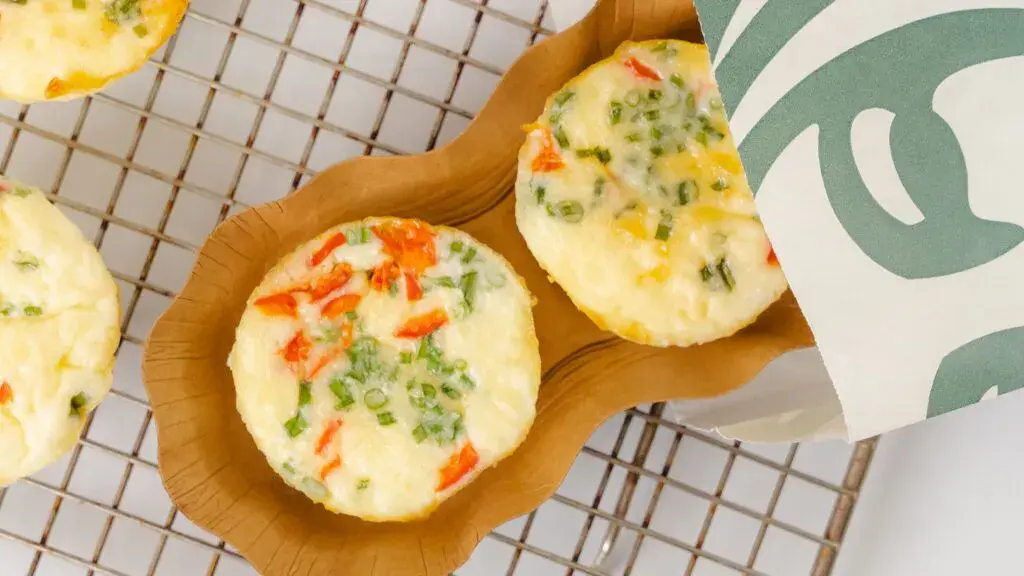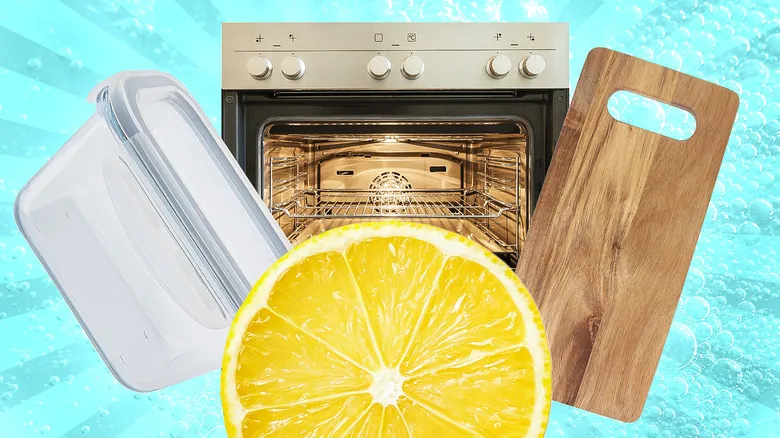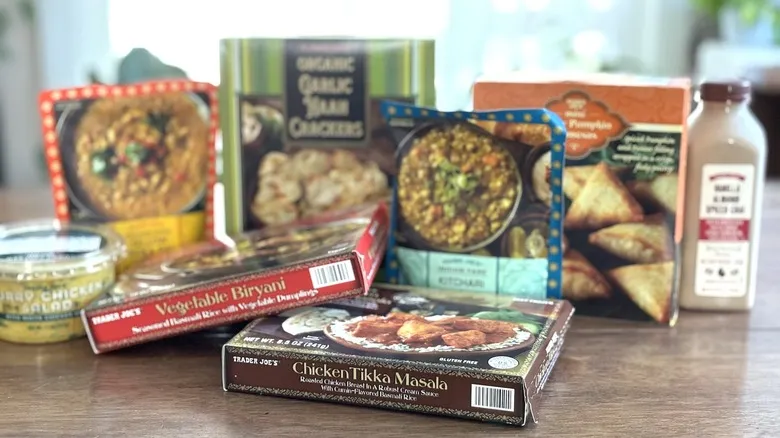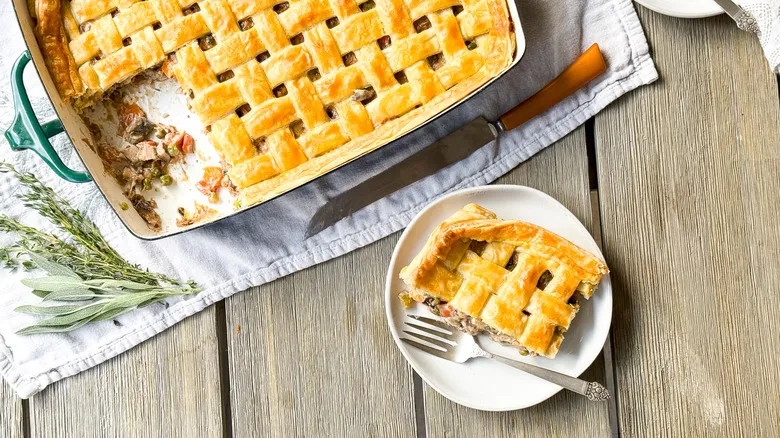What is deep frying?
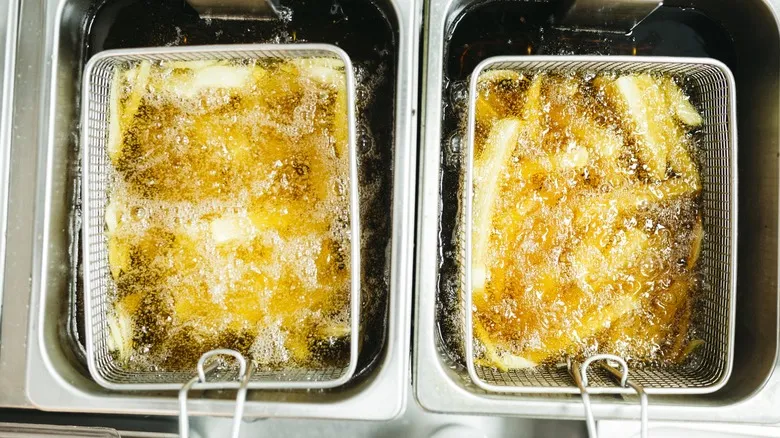
When you deep-fry, you immerse ingredients in a substantial amount of hot oil, ensuring they are fully covered. After a few minutes, the outer layer of the food begins to crisp up through dehydration. At the same time, the inside cooks through conduction and steam, resulting in a moist center encased in a deliciously crunchy shell. This method is particularly effective for cooking large quantities, which is why it’s so popular in fast food establishments. Unlike air, the oil-filled environment allows for shorter cooking times, reducing the chances of overcooking.
However, successful deep-frying depends on a few key factors. First, it’s beneficial to coat the food in a starch if it doesn’t already have one, as this outer layer is what dehydrates. For starchy items like potatoes, this naturally creates a crispy surface. In contrast, meats without any breading or batter can end up with a dry, tough exterior.
Moreover, maintaining the right oil temperature is crucial for achieving the perfect balance. If the oil is too hot, the food may burn while remaining raw inside. Conversely, if the oil isn’t hot enough, the food won’t develop a crispy exterior quickly enough, leading to excessive oil absorption and a greasy result. For most items, the ideal temperature range is between 350 and 375 degrees Fahrenheit.
What is pan-frying?
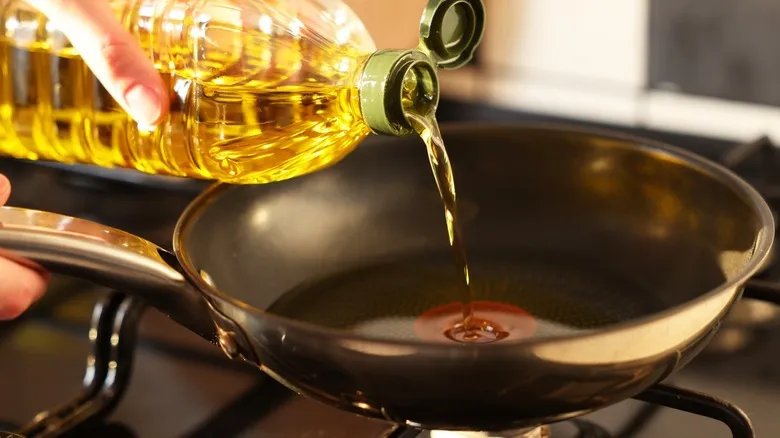
Many home cooks prefer pan-frying because it feels safer. You use a smaller amount of oil in a typical skillet, creating a thin layer at the bottom. Then, you heat the pan to a moderately hot temperature, ensuring it doesn't reach the oil's smoke point—just hot enough to produce a sizzle. When you place the food in, the oil lightly coats the bottom.
Thanks to the skillet's wide surface area and shallow depth, this cooking method allows for even heat distribution on the surfaces that touch the pan and oil. Typically, the technique involves minimal movement. The food is allowed to sizzle steadily, encouraging the Maillard reaction and gradually forming a crust. However, since only one side is heated, you'll need to flip the food to cook the other side. This method is particularly effective for achieving consistent results, especially with flat and wide ingredients.
There are subtle distinctions in pan-frying compared to other skillet cooking techniques. If you add a bit more oil—enough to partially submerge the food—it becomes shallow-frying. Increasing the heat turns it into searing. Conversely, if you move the food around more at lower temperatures, it transitions into sautéing.
Deep-frying requires more cooking gear
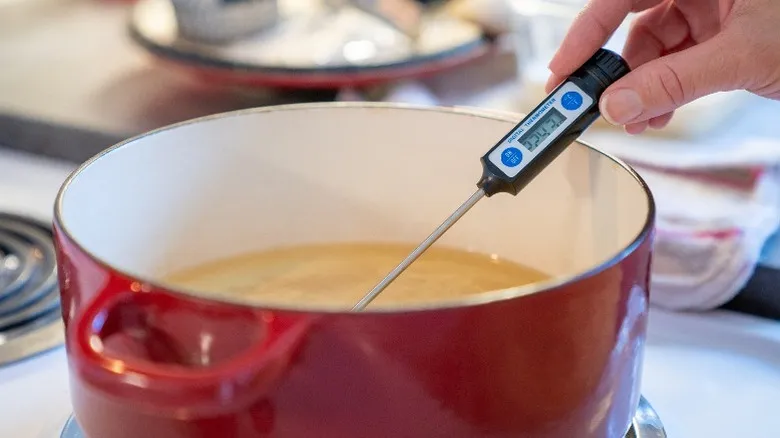
For a home chef, the culinary tools used create a significant distinction between cooking techniques. Pan-frying is quite straightforward; all you need is a hot skillet and some tongs or a spatula to flip the food, making it the more user-friendly option. For optimal results, opt for a sturdy pan that conducts heat well. Cast iron and stainless steel provide consistent heat distribution, ensuring your food cooks evenly, although virtually any skillet will suffice.
Deep-frying, on the other hand, presents a different challenge. Since it involves a substantial amount of boiling oil, it necessitates specific equipment, some of which you may already own. Begin with a heavy-duty pot—preferably a large one with a thick bottom and deep sides, coated with a non-reactive material. Enameled cast-iron options, like the Lodge 7.5-quart Dutch oven, are popular choices. You'll also need a metal skimmer or strainer to lift the food out and drain excess oil, as well as a thermometer to keep an eye on the oil's temperature. However, Rachael Ray offers a handy tip for gauging when the frying oil is hot enough if you find yourself in a bind. Additionally, a cooling rack is essential for letting the food rest without accumulating grease.
If deep-frying piques your interest, consider investing in an electric deep fryer, such as the Presto FryDaddy, which many cooks believe simplifies and enhances safety during the process. Regardless of the method you choose, keep in mind that deep-frying involves the added task of disposing of oil, as you'll need to manage a large quantity. Discarding your frying oil after a single use is a significant oversight, although it will eventually be necessary. Products like FryAway deep-fry cooking oil solidifier can transform the oil into a manageable mass for disposal, but this still adds an extra step to the process.
Each method favors certain foods
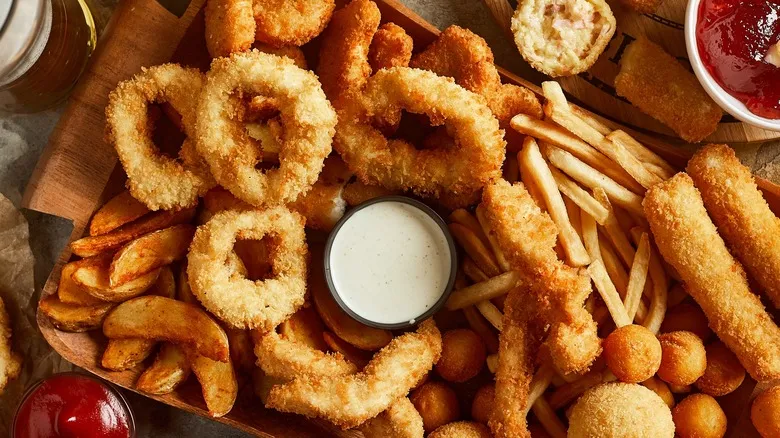
Pan frying is ideal for delicate ingredients due to its gentle cooking method. It’s particularly favored for seafood, such as unbattered fish fillets, scallops, or crab cakes. Additionally, pan frying creates a delightful crispiness in dishes like skillet potatoes, breaded schnitzel, or latkes. Don’t overlook the wonderful textures achieved with pan-fried proteins; chicken thighs and pork chops truly excel when cooked in a bit of oil.
On the other hand, deep frying is best suited for battered or breaded foods. Iconic dishes like fried chicken, onion rings, and battered fish and chips owe their signature crunch to this cooking technique (although modern air fryers can also achieve a satisfying crisp). Certain cuisines feature entire categories of fried foods, such as tempura in Japan or Portuguese salgados. Creative chefs worldwide have even devised unconventional treats like fried beer, fried ice cream, and fried candy bars. Moreover, some dishes, like deep-fried kale or Brussels sprouts, can be prepared without any added starch.
Recommended
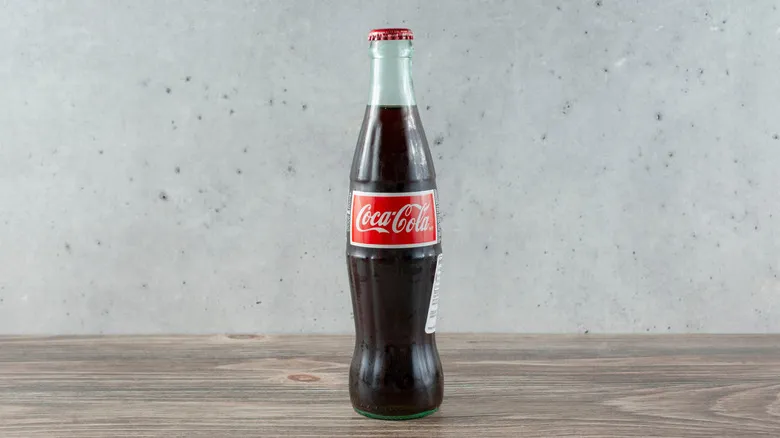
What Makes Mexican Coke Taste Different From American Coke?
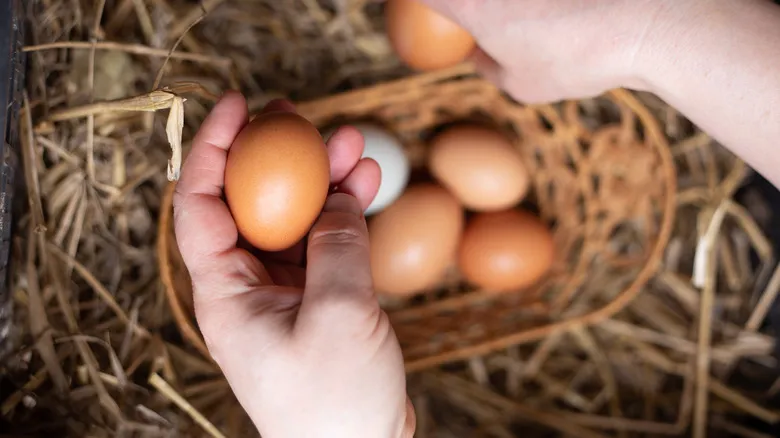
Farm-Fresh Eggs Are Safe To Eat, But Here's What To Know First
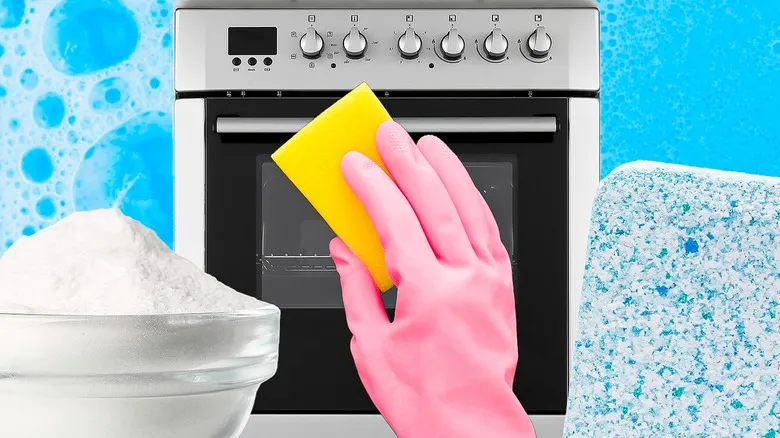
10 Oven Cleaning Hacks You Need To Try ASAP
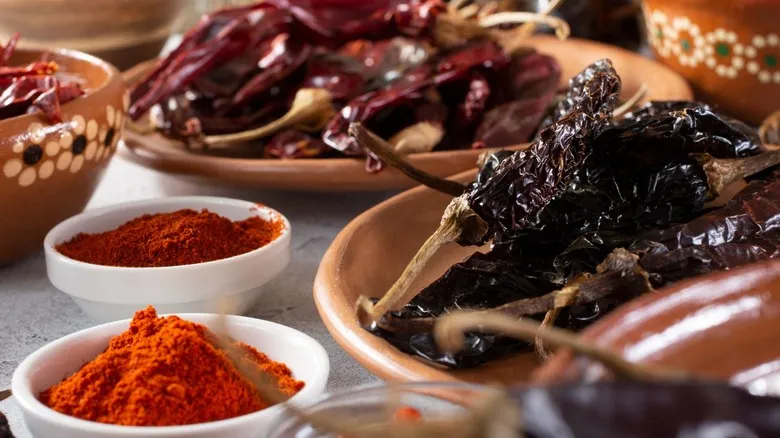
Light Vs Dark Chiles: What Sets Their Flavors Apart?
Next up

